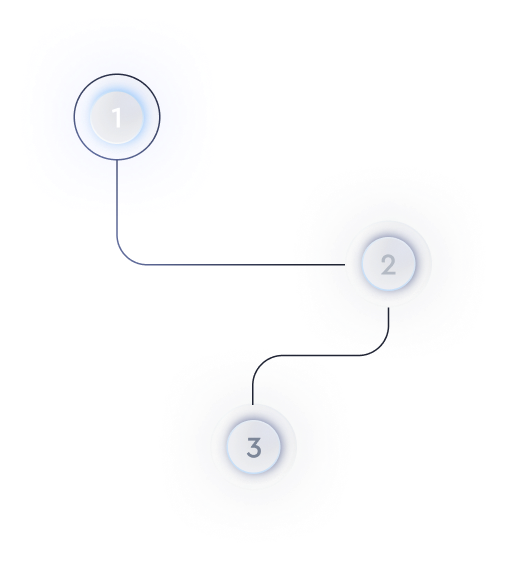How do I correctly configure a Content Security Policy (CSP) for my site?
Implementing a Content Security Policy (CSP) for your website is an essential step in enhancing its security posture. A CSP helps to mitigate certain types of attacks, including cross-site scripting (XSS), clickjacking, and other code injection attacks. This article provides detailed steps to correctly configure a CSP for your site.
Understanding the Basics of CSP
A Content Security Policy is an added layer of security that helps to detect and mitigate certain types of attacks. The main purpose is to prevent content injection attacks that could result in data theft and site defacement.
Constructing a CSP
Begin by constructing a basic CSP. A rudimentary policy could include default rules that restrict resources to be loaded only from the same origin. This is expressed in a CSP header like so:
```html Content-Security-Policy: default-src 'self' ```However, a more comprehensive policy covers various types of resources and the domains they are permitted to load from.
Defining Directives and Sources
A CSP comprises several directives, each specifying allowed sources for particular content types. Consider using the following:
- script-src: Defines valid sources for JavaScript.
- style-src: Specifies allowed sources for CSS.
- img-src: Specifies allowed sources for images.
- connect-src: Controls what URIs can be loaded using script interfaces.
- font-src: Specifies sources for fonts.
- media-src: Specifies sources for audio and video.
For example:
```html Content-Security-Policy: default-src 'self'; script-src 'self' https://apis.google.com; style-src 'self' 'unsafe-inline'; img-src 'self' data: ```Each directive helps in narrowing down the source of content to ensure that the webpage only receives content from trusted origins.
Testing CSP
Before deploying the CSP to your production environment, it's crucial to test it. A violation could potentially render parts of your website unusable if legitimate resources get blocked. Consider using the 'Content-Security-Policy-Report-Only' header initially. This allows you to monitor what resources would be blocked without actually blocking them.
```html Content-Security-Policy-Report-Only: default-src 'self'; script-src 'self' https://apis.google.com ```Monitor the reports generated to fine-tune your policy. Browser developer tools can be helpful to inspect any errors reported due to the CSP.
Handling Nonces and Hashes
For inline scripts and styles, CSP can be tightened using nonces or hashes. A nonce is a cryptographic token that is unique for each execution of the document. Example:
```html Content-Security-Policy: script-src 'nonce-abcdefg12345' ```Hashes provide a way to verify inline scripts or styles against their base64-encoded hashes:
```html Content-Security-Policy: script-src 'sha256-...' ```These methods allow more granular control over what inline scripts and styles are allowed to run.
Regularly Reviewing and Updating the CSP
As your website evolves, so should your CSP. Regular audits of your CSP are essential to address new features and third-party services integrated into your site. Update your CSP to reflect changes in external service providers or content-serving properties, ensuring that security remains robust against evolving threats.
Regular monitoring using tools like Content Security Policy Violation reports will provide insights into potential flaws or areas that require adjustments. This proactive approach ensures that only the most necessary external resources are allowed, reducing the risk of attacks while refining the overall security framework of the site.

